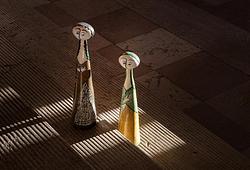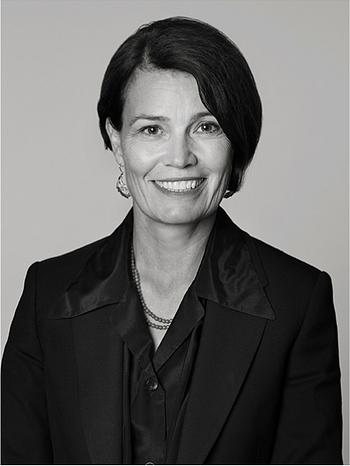Georges Braque
"As de trèfles et verre"
Signed G. Braque and dated -18 on the reverse. Oil on canvas 35.5 x 46.5 cm.
Alkuperä - Provenienssi
Galerie Simon [Daniel-Henry Kahnweiler], Paris, before 10 June 1920. Alfred Flechtheim, Duesseldorf, by 1926. Gustav Knauer, Berlin. Flechtheim Gallery, London. Elmer Rice, Stamford, Connecticut & New York, by 23 May 1934. His estate sale, Sotheby's, New York, 3 April 1968, lot 33. Private collection, Paris, by 1973. Private collection, Europe; sale, Sotheby's, London, 1 July 1980, lot 12. Sotheby's, London, 31 March 1987, lot 53. Acquired at the above sale. Sale, Bukowskis, Stockholm, 5 December 2017, lot 437.
Näyttelyt
Deutscher Expressionismus, Darmstadt, Staedtisches Ausstellungsgebaeude Mathildenhoehe, 10 June-30 September 1920, p. 34, probably no. 61, „Stilleben“
Kirjallisuus
Waldemar George, Georges Braque, L’Esprit Nouveau, no. 6, March 1921, p. 652 ill.
Raynal, Braque, 1921 Verre et Carte (1918).
Sommer 1920: Ostasiatische Gemaelde / Kuenstler vom Niederrhein, aus Westfalen u. Frankreich, exh. cat., Duesseldorf, Galerie Flechtheim, 25 July-12 September 1920, p. 33
Der Querschnitt, 1. Jahresband, Berlin 1921, ill. p. 160.
Amédee Ozenfant, Charles Jeanneret, La Peinture moderne, Paris 1925, p. 128 ill.
Carl Einstein, Die Kunst des 20. Jahrhunderts, Berlin 1926, p. 562 no. 2, p. 305 ill.
Georges Isarlov, Georges Braque, Paris 1932, p. 20, no. 209.
Marco Valsecchi, L’opera completa di Braque, Milan 1971, no. 154, ill.
Galerie Maeght (Hg.), Catalogue de l’oeuvre de Georges Braque. Peinture 1916-1923, Paris 1973, p. 27 ill.
Tout l’oeuvre peint de Braque / 1908-1929, Paris 1973, no. 154, ill.
Muut tiedot
After Georges Braque and Pablo Picasso developed Analytical Cubism (1907–1914), the outbreak of the First World War interrupted their progress. Braque was drafted in August 1914, leading to an unplanned hiatus not only in his painting but also in one of the most transformative and significant periods in modern art: the development of Cubism. In May 1915, Braque suffered a severe head injury. The wound was serious, and recovery took a frustratingly long time:
"It wasn’t so much the wound I suffered, but the impossibility of painting for those long months. It was more mental than physical wounding. What use would I be, deprived of painting?"
(A. Danchev, Georges Braque: A Life, New York, 2005, p. 129).
It wasn’t until mid-1917, nearly three years after the interruption, that Braque was able to return to painting. In March of that year, he wrote to his friend Picasso:
“I am delighted to tell you that I’ve been discharged. I’m longing to pick my brushes again. By the end of the month I think I’ll be on my way.”
(ibid., p. 134).
Braque wasted no time reclaiming his place in the art world. He had already signed a contract with art dealer Léonce Rosenberg, and by the summer of 1918, he was back in form. He no longer worked with Picasso, whom he felt had veered too far in a classicist direction. Instead, he developed a more restrained and at the same time sensual form of Cubism.
The painting in this auction, As de trèfles et verre (Ace of Clubs and Glass), was created that very year, when Braque had fully returned to his art. The flat, overlapping forms in this still life are reminiscent of his earlier Cubist period in the early 1910s. What is new, however, is that the relationship between the surfaces is no longer as rigid as before. The rectilinear shapes are bordered by freer, undulating S-curves, and Braque has worked more with the modulation of different sections. The various areas have both different surface decorations and textures, giving the impression of a collage, where surfaces of various materials are layered on top of one another.
“Braque was trying in these late cubist paintings to arouse in the spectator not so much a visual or intellectual as a tactile experience of reality and space. This was his personal contribution to the expressive range of late cubism, and he continued to elaborate it in a succession of luscious, sonorous still lifes during the next ten years.”
(Douglas Cooper, The Cubist Epoch, London, 1971, p. 221)
























